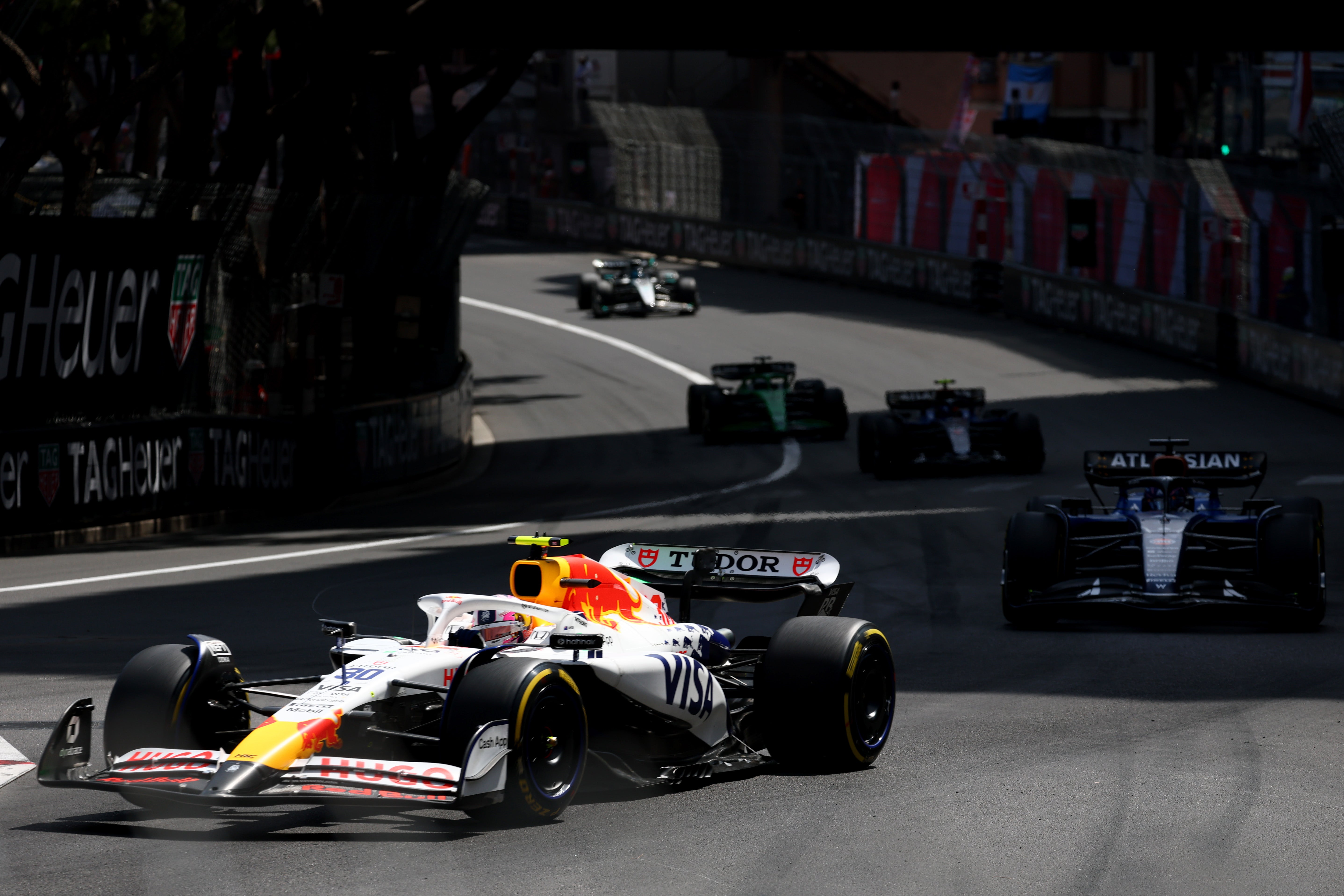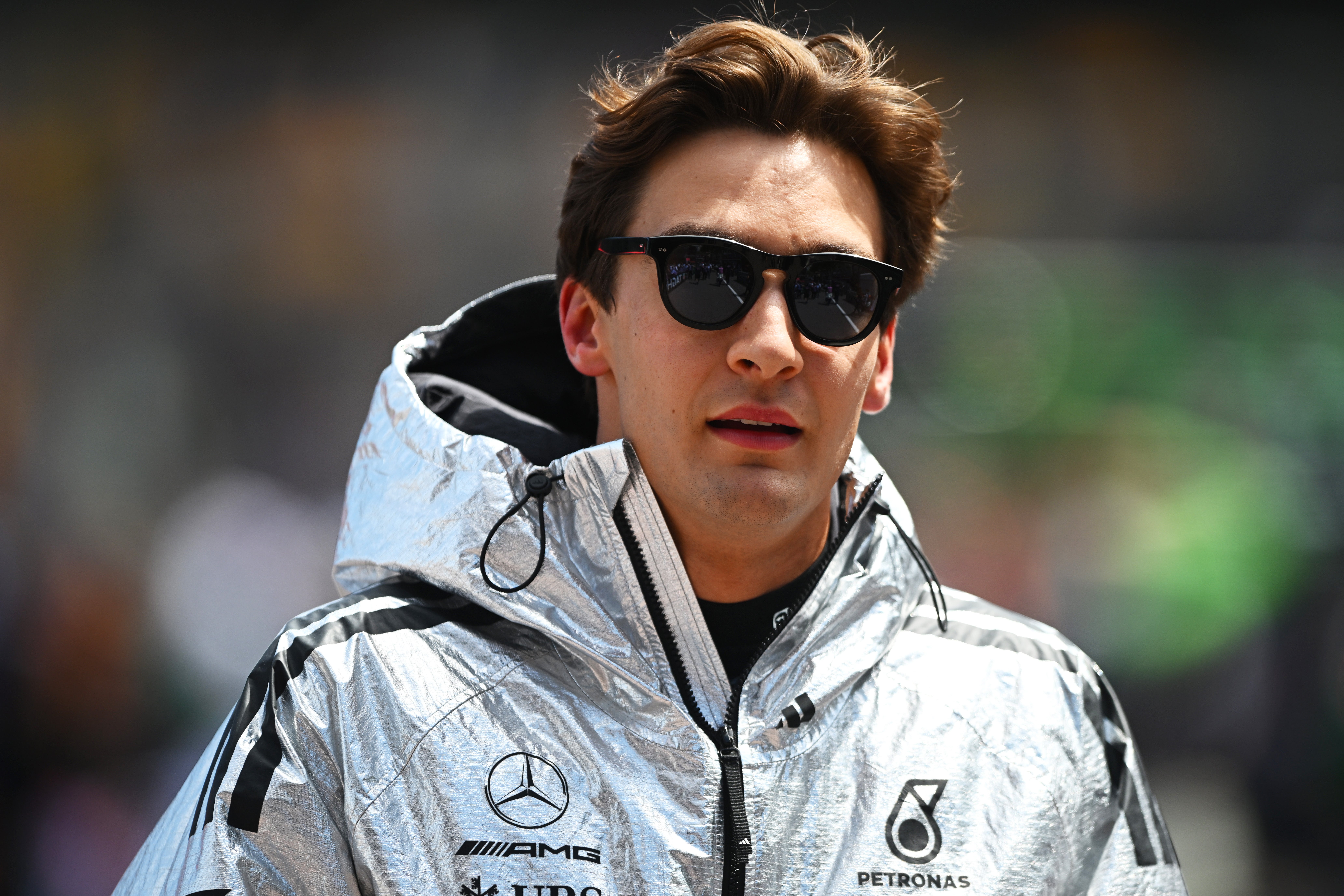Kudos for trying. After last year’s no-change procession, the kingmakers at Formula One had to change something at the sport’s traditional blue-riband event. A mandatory two pit-stops had never been written into the rulebook before; the aroma of mystique was palpable ahead of raceday in Monte-Carlo.
As it turned out, the brains and boffins in the garages made a mockery of the regulation. Racing Bulls showed their hand first, with Liam Lawson driving purposefully slowly to hold up the pack behind him, allowing teammate Isack Hadjar to pit again without losing position. Then, Williams followed suit – with Carlos Sainz and then Alex Albon lapping nearly six seconds a lap slower than the frontrunners.
For both teams, double-points finishes. A tactic reeking of gamesmanship worked to perfection. It was all fair game – but it was master manipulation. As 2009 world champion Jenson Button put it afterwards: “It was all just a bit silly.”
Even for the drivers who benefited from the strategy, there was little solace in the leaderboard. Their racing instinct was curtailed here, at one of the sport’s most glorious circuits to drive. That is not right.
“I must say this is not the way I like to race, or dream about racing in Monaco,” said Sainz, who finished 10th, afterwards.
“A bit disappointed with the whole race. The two-stops changes nothing around Monaco, people are still going to try and manipulate the final result. We either find a solution to the race pace or it will always be like this in Monaco.
“In the midfield, it backfired. It made things even more manipulated for people to get two stops and pit windows. I’m happy for F1 to try things. We tried, for me it didn’t work. Maybe we just need to forbid the pace manipulation.”
Announcing the new rule in February, the FIA insisted the mandatory three different tyre sets was implemented with the aim of “promoting better racing”. But as Martin Brundle succinctly put on commentary: “The focus was on pitting, not racing.”
Sainz’s teammate Albon went a step further, apologising to fans watching on at home: “It’s not how we want to go racing. I know we put on a bad show for everyone and made some drivers angry behind us.

“It’s taking advantage of the track and the size of the cars. Just frustrating, and apologies to everyone who watched it. Yeah, sorry.”
In the closing stages, George Russell actually decided to illegally cut a corner at the Nouvelle chicane in order to squeeze past a slow-moving Albon. The Mercedes driver duly received a drive-through penalty but despite also having to pit twice late on, he still finished 11th – higher than he would have done if he merely stayed behind Albon.
Russell later called the new rule a “flawed system”.

Yet the simple facts are that the circuit configurations of the principality street circuit, coupled with the size of this era of Formula One car, make overtaking near impossible in dry conditions. The use of DRS around the banana straight is ineffective and if you try to overtake anywhere on the circuit, contact is unavoidable.
However, the battle at the front was tight on the timesheet until the very end. Max Verstappen held out for a late red flag in front, before Lando Norris (who lapped most of the field twice) claimed victory – his first since the season opener in Australia. Much like most years, it was a win secured with a scintillating final lap in qualifying.
Yet the unprecedented race rule change will need some modification for 2026. Today, it fell flat. When you have Russell suggesting sprinklers and Verstappen proposing banana skins – a la Mario Kart – you know that the regulation has backfired.
A maximum lap time would solve Sunday’s issue – and could be applied in a similar way to track limits. Enforcing at least one pit stop in the first half of the race could also stop such radical strategies.
It may have seemed borderline farcical at times, but F1 should not be ridiculed for trying something different. They tried, they failed. And with a contract in Monaco until 2031, they’ll be trying to find a different remedy for many a year to come.







